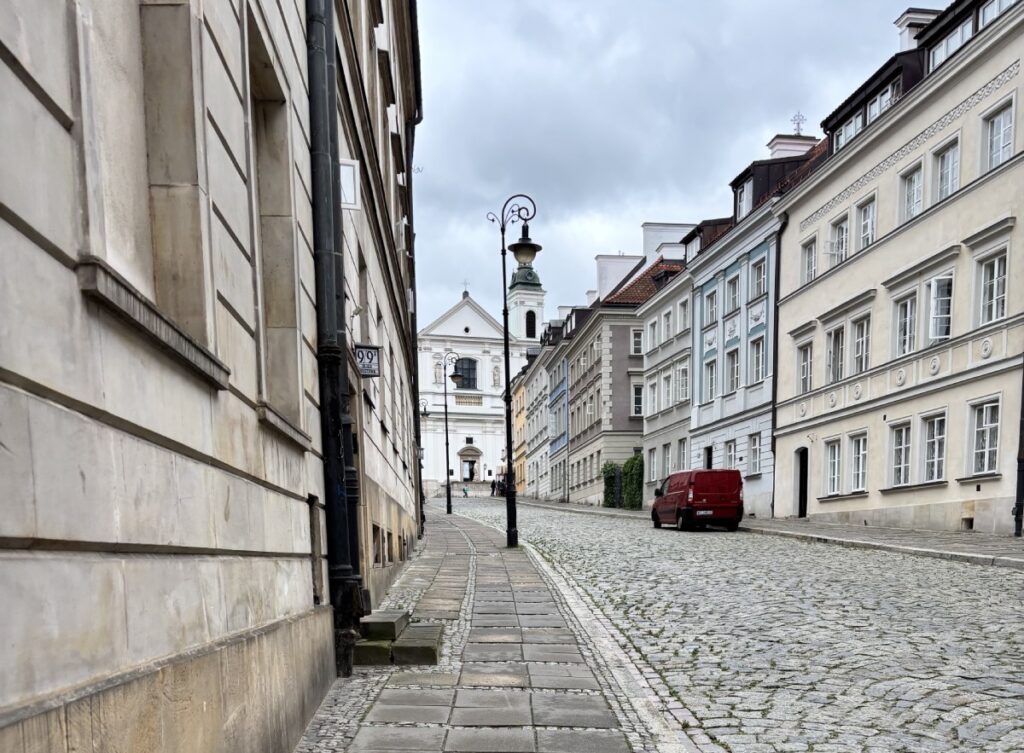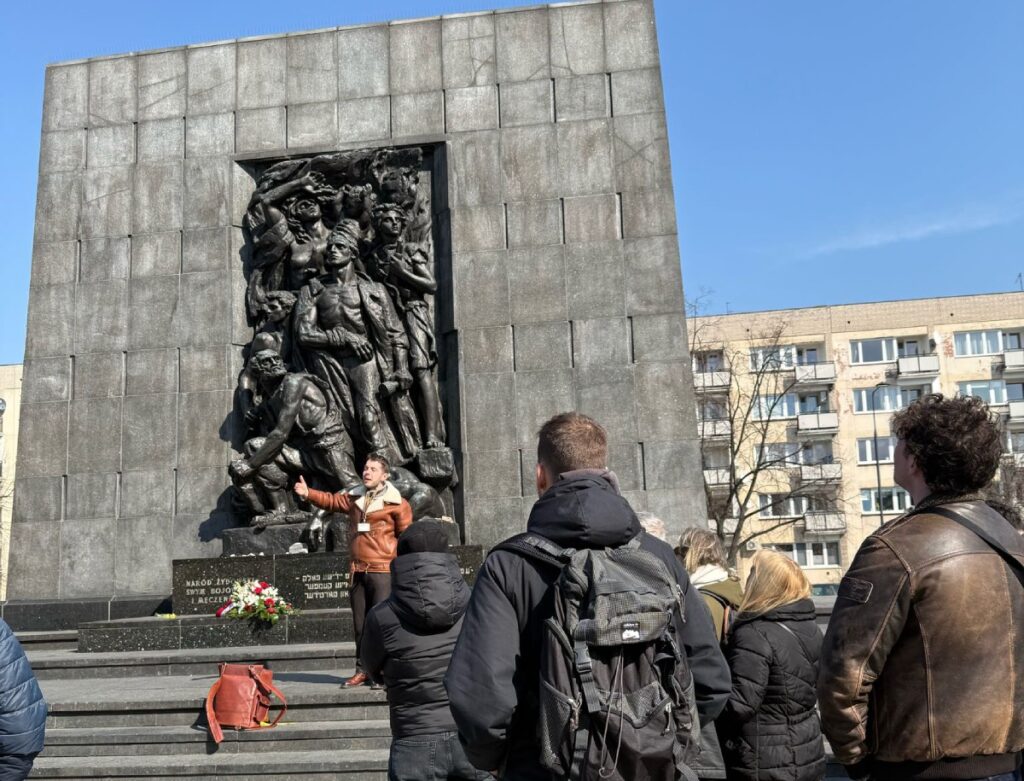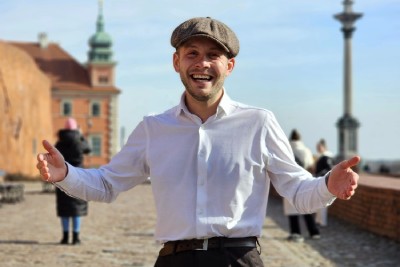- A wall that separated worlds
- What remains today?
- The “Warsaw Ghetto” Tour — a history worth hearing
- The Ghetto Heroes Monument and POLIN museum
- Surviving buildings — silent witnesses of the past
- Warsaw with a guide — discover the stories you won’t find in textbooks
- Don’t let this history disappear in the shadow of skyscrapers
While strolling through Warsaw’s modern city center, it’s easy to forget that among the glass office buildings and busy streets are places that quietly bear witness to one of the greatest tragedies of the twentieth century. The fragments of the Warsaw Ghetto wall may not be as obvious a tourist attraction as the Royal Castle or the Palace of Culture and Science, but they are without a doubt among those landmarks in Warsaw that must be seen — and, above all, understood.
A wall that separated worlds
The Warsaw Ghetto was established in 1940. At its peak, more than 400,000 Jews were confined there — packed into a small area, cut off by a tall wall from the rest of the city and the world. The ghetto wall — today preserved in several places as fragments of the original brick construction — was not only a physical barrier but also a symbol of isolation, hunger, despair, and heroic resistance.

What remains today?
Although most of the ghetto was leveled during the 1943 uprising, preserved wall fragments can still be found in various parts of Warsaw. The most well-known are those on Sienna and Złota Streets. These unassuming walls, nestled between apartment buildings, are hard to ignore once you know their history. For many foreign tours and Jewish visitors, they are among the most powerful places on the map of the capital.
The “Warsaw Ghetto” tour — a history worth hearing
The ghetto wall fragments are not just bricks. They are a testimony that cannot be fully understood without context. That’s why it’s worth discovering them with someone who can speak about these places with both respect and passion. On the “Warsaw Ghetto” tour with a certified tour guide in Warsaw, you’ll learn not only the history of the wall itself, but also about daily life in the ghetto, the tragedy of deportations, and the heroic resistance of the uprising.
The Ghetto Heroes Monument and POLIN museum
The tour route includes more than just wall fragments — it also features places that commemorate the heroism and tragedy of the ghetto’s residents. During the tour of Warsaw, you will visit the Ghetto Heroes Monument, which stands exactly where the 1943 uprising took place. Nearby is the POLIN Museum of the History of Polish Jews — one of the most important museums in Poland, which tells the thousand-year history of Jews in Poland in a modern and moving way, with a special focus on the tragedy of the Warsaw Ghetto.

Surviving buildings — silent witnesses of the past
Not everyone knows that some buildings in Warsaw, which were once part of the ghetto, survived the war. From experience, I know that foreign tourists often ask about them. If you have English-speaking friends or family visiting and wanting to learn about the city’s history, I invite you to explore Warsaw together. Walking the “Warsaw Ghetto” route with a Warsaw tour guide in English, we’ll stop at these buildings — silent witnesses to history, whose walls still bear bullet marks and the tragedy of their former inhabitants.
Warsaw with a guide — discover the stories you won’t find in textbooks
History textbooks don’t reveal everything that happened within the ghetto, nor how Poles and Jews lived side by side before the war. A self-guided walk is also not enough to fully grasp the significance of the ghetto wall. For many people — especially those visiting Warsaw landmarks in English — it is precisely the guided tour of Warsaw that brings history to life with shape and emotion. As a tour guide in Warsaw, I passionately present the facts and tell the real stories of those who lived and died here.
Don’t let this history disappear in the shadow of skyscrapers
Warsaw is a city that continues to change, grow, and rebuild. But there are places in the capital that must not be buried under modernity. The ghetto wall fragments are among them — attractions in Warsaw that teach respect and remembrance.
If you are planning tours in Warsaw, take a moment to stop by the wall. And if you want to hear what the bricks have to say, I invite you to explore the city along the Warsaw Ghetto route with a local guide in Warsaw. You’ll see a Warsaw that doesn’t appear in brochures — but one that’s worth discovering. For yourself. And for those who are no longer with us.
